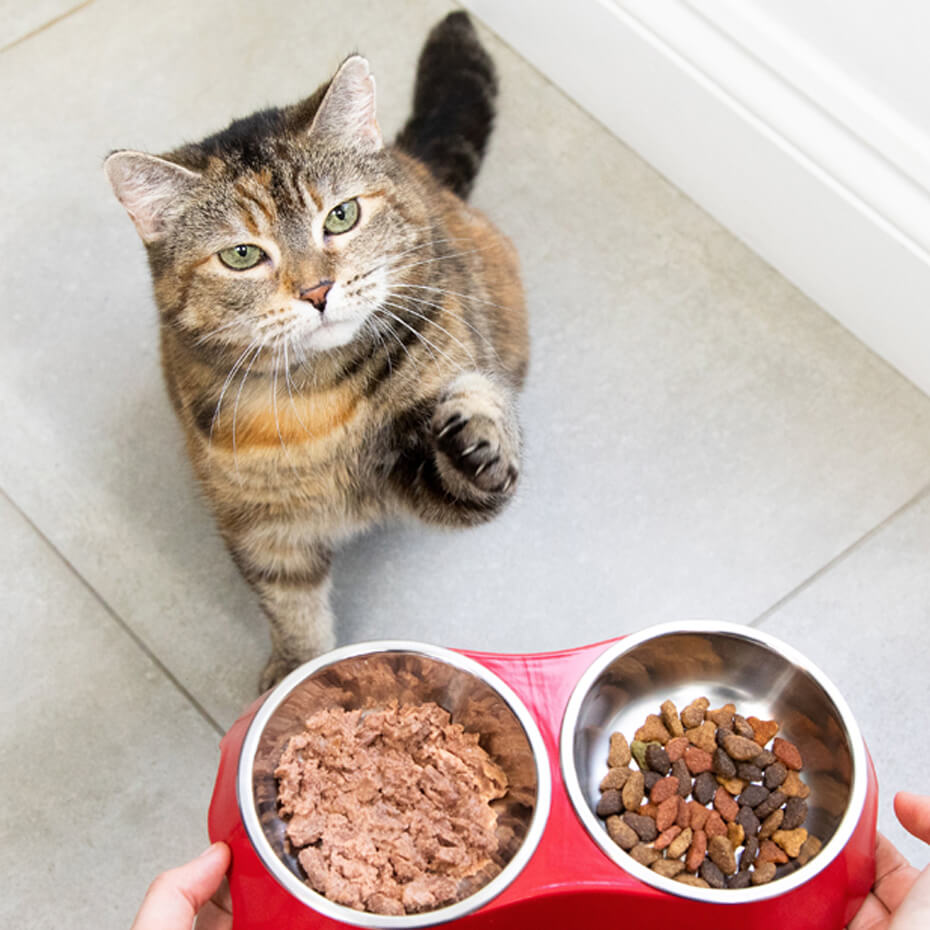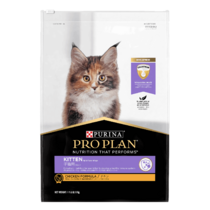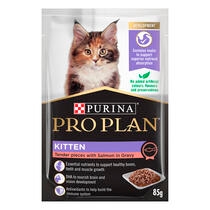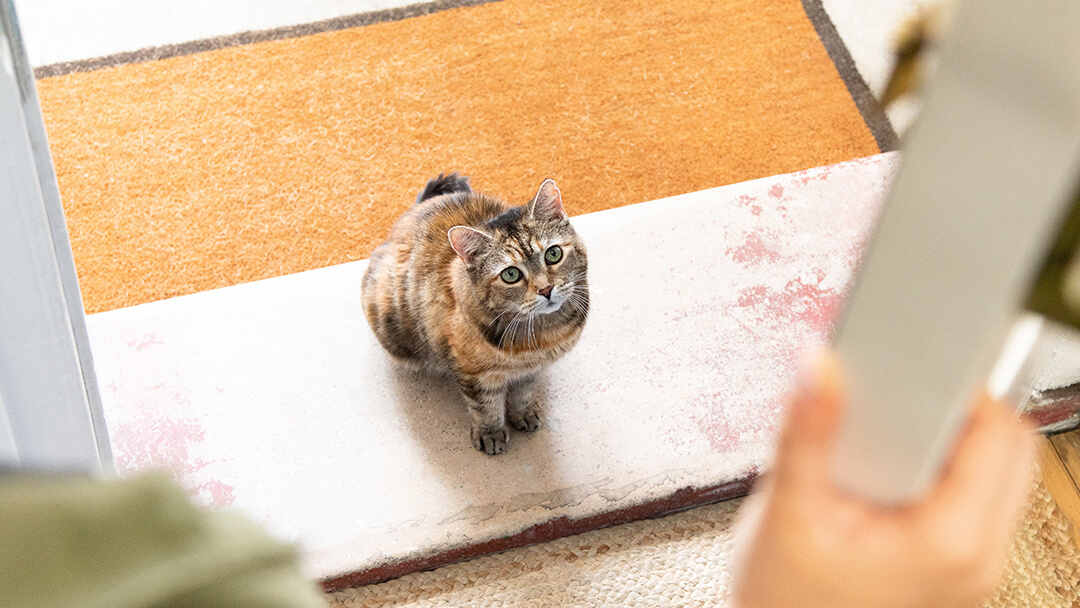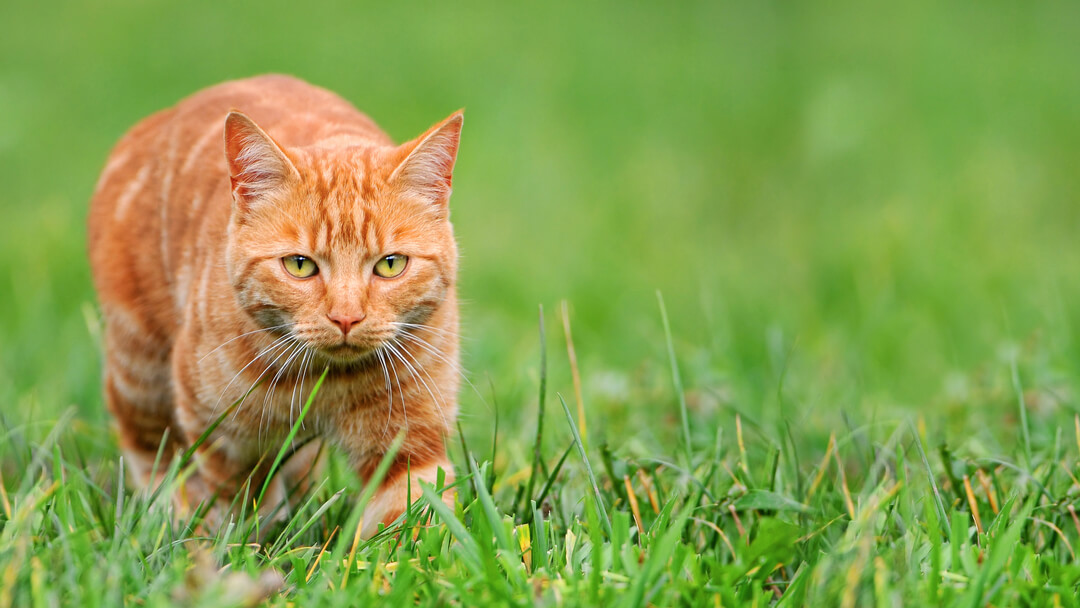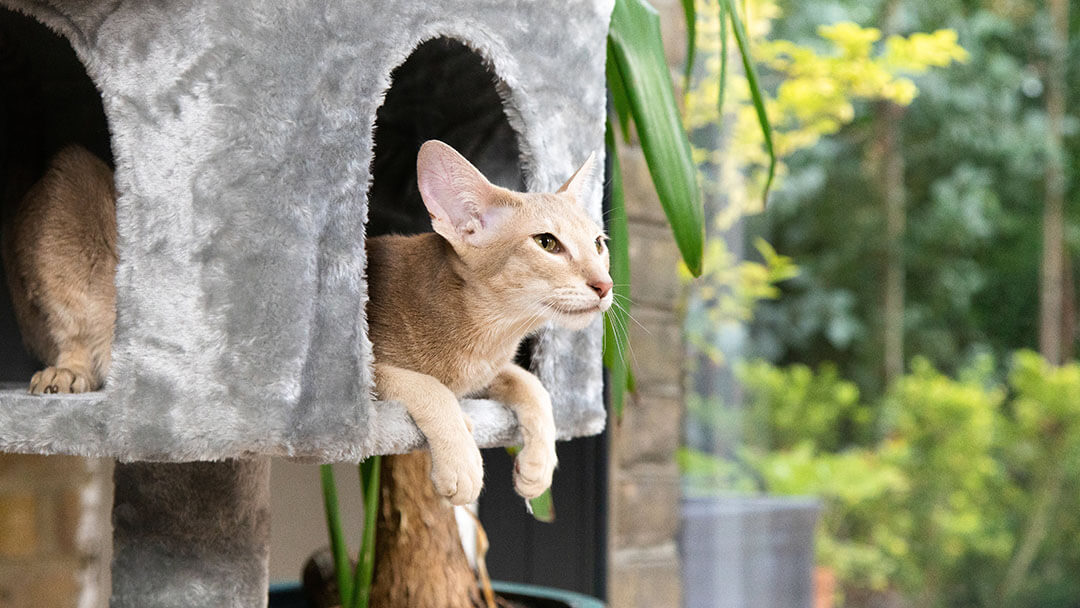

Your new cat is precious, so you will want to make their new environment as safe as possible. So where do you start when creating a cat proof garden?
Cats, and especially kittens, are naturally inquisitive, and investigate objects by touching, sniffing and tasting them. When you bring a new cat into your home they’ll be curious about everything and unlike us, won’t be able tell the different between what is and isn’t dangerous. If you’re not sure how to cat proof your garden, follow our checklist to keep your pet out of trouble!
Dangerous plants to remove for a cat proof garden
Although we think of cats as meat-eaters, don’t be surprised if you spot your cat chewing vegetables or other plants. Some cats like to munch on grass outdoors, or nibble at the leaves of potted houseplants indoors. Keep an eye on exactly what your cat is grazing on, as some plants have parts that are toxic to them. Make sure your project to cat proof your garden includes getting rid of these toxic plants for cats:
- Lilies;
- Azalea;
- Daffodil;
- Tomato;
- Foxglove;
- Yew;
- Hydrangea;
- Dieffenbachia (Dumb Cane);
- Philodendron;
- Mistletoe;
- Poinsettia.
Your vet can give you a complete list of plants that could be harmful to your cat, or click here for a list of dangerous plants for cats.
Do you need to cat proof the garden for an indoor cat?
Yes. Your cat or kitten has a natural instinct to play outdoors, establish territory, climb trees, and catnap in the sun. As fun as this sounds, there are some things that you’ll need to look out for in the great outdoors. When outside, cats are exposed to more diseases and parasites, risk getting lost or stolen, and could potentially get hurt by a car. To allow your cat outdoors and also keep them safe, you can create a cat proof garden.
Some cats are quite happy staying indoors – although that does rely on you knowing how to make a cat friendly home and make their environment exciting to compensate for the lack of outdoor stimulation. Other cats will prefer to roam outdoors – deciding between which option is best for your cat will take careful consideration on your part. If you decide to allow your cat outdoors, ask your breeder or vet for advice and make sure you've made their outdoor space as safe as possible.
When should you let a new cat outside?
Even when you’ve completely cat proofed your garden, we recommend keeping your cat indoors until they’ve been microchipped and have completed their vaccination courses.
Vaccinations, flea and worming treatments will need to be kept up to date, so talk to your vet about scheduling them appropriately to keep them protected.
Give your cat time to become completely familiar with their home environment before you let them out. If they’re new to the family, or you’ve just moved house, encourage them to stay indoors until they’re fully settled and are used to their new surroundings. This should normally take around two weeks. Remember, if you’ve moved house you’ll need to update your microchip records and replace the cat’s identity tag.
Letting your cat out for the first time
Take small steps when introducing your cat to the great outdoors. For example, allow them to explore their new area as you watch from inside, and then start to make familiar “dinner time” noises with the food bowl after a few minutes to encourage them back inside. Gradually extend the time that they are outside until you are both comfortable.
Neutering your cat will minimise their desire to roam and will keep them closer to home. This means they’ll be less likely to come across other cats and get into fights.
Cat proofing your garden
Remove potential hazards
Check your garden for any potential hazards like poisonous plants (see above), unsecured sheds (if they contain chemicals) and uncovered ponds. Keeping any shed doors or garage closed means that a curious feline won’t go inside and then get accidentally shut in. It’s a good idea to walk round the garden with the mind of a mischievous cat. You will soon spot things that you can fix to cat proof your garden!
Use chemical herbicides carefully
Restrict access to your garden after applying any chemicals, and keep your cat away from your lawn or garden when treating it with fertilisers, herbicides or insecticides, until the area dries completely.
Avoid using poison to kill rodents
Check that nobody in the area is using poison to kill mice or rats. It can be fatal if your cat eats the poison directly or via a poisoned rodent.
Install a cat flap
Installing a cat flap will allow your cat access to your garden all day. Lockable cat flaps, or those that only let your cat in via a tag that recognises their microchip, are useful addition to any cat proof garden.
Be aware of busy roads nearby
If you feel your location isn’t safe enough for free access (maybe you live near a busy road) that doesn’t rule out giving your cat fresh air and exercise. You could build a large cat run in your garden, linked by a cat flap. This should have a warm, weather-proof section and be positioned half in the sun, half in the shade. Add a tree trunk or climbing frame, ropes and perches, some grass, a catnip plant, a litter tray and water bowl.
Cat-fence your garden to prevent them escaping
The charity International Cat Care recommends cat proofing the garden by installing 6ft high fences with an overhanging wire mesh to prevent the cat from climbing over. However the range of tips and tricks is quite impressive when it comes to keeping cats away from the garden fence. These include applying double-sided sticky tape or foil to the top part of the fence. Sprinklers can also be installed in the fence’s vicinity to deter the cat from coming near it.
Tips for cat proofing your garden
Hopefully your cat will relax outdoors and stay close to home, but be aware that they may find unusual places to rest or hide. Always make sure you check for any cats lying in your drive before you reverse your car.
If you can, try keeping your cat in at night. Most road traffic accidents and fights with other cats occur after dark.
Make sure your cat wears a 'quick release' or 'break-away' collar (in case they get it caught), with an identification tag with your contact details. A reflector strip on the collar will help motorists spot your cat at night.
Just because your cat is happy to roam outside themselves, they might not be as comfortable when being taken somewhere. If you need to transport your cat, always use an enclosed mesh cat carrier (not a cardboard box) filled with a blanket to keep them comfortable and safe. Spray the inside of the carrier with a calming pheromone spray before placing them inside.
It can be a brave decision to let your cat go outdoors but, if they’re keen and adventurous, and you’ve taken as many precautions as possible, it will keep them mentally stimulated and improve their physical fitness. Discover even more tips for giving your new cat a proper welcome.

